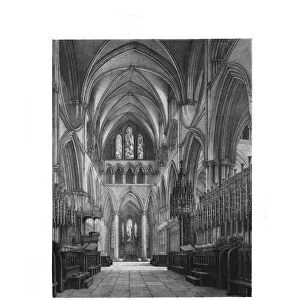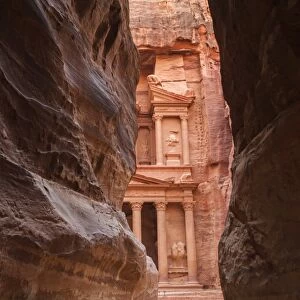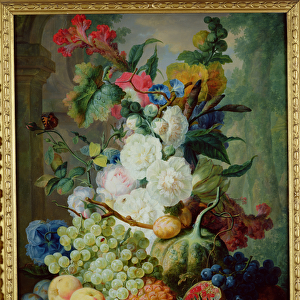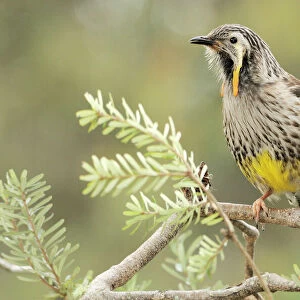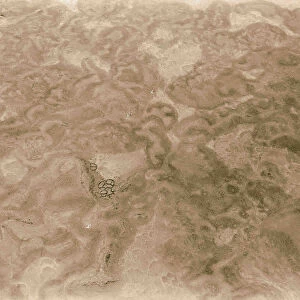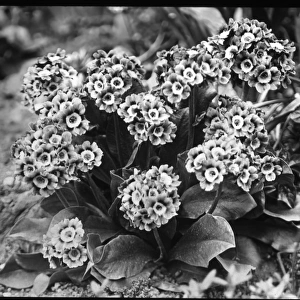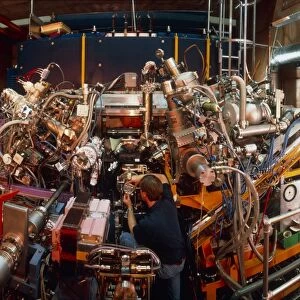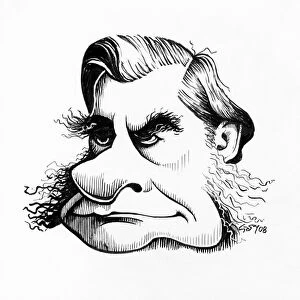Oil well fires, Caucasus, artwork
![]()

Wall Art and Photo Gifts from Science Photo Library
Oil well fires, Caucasus, artwork
Oil well fires, Caucasus, historical artwork. These oil wells are at Bibi-Eybat in the Caucasus region between the Black Sea and the Caspian Sea. The Bibi-Eybat oil field is near Baku in what is now Azerbaijan. In the late 19th century, around half the worlds oil came from this region. Oil is a fossil fuel, rich in hydrocarbons, which forms from organic remains. Over millions of years, layers of sediment build up on top of layers of organic detritus on a seabed, compressing it and heating it until it turns into oil. This oil is then mined from the ground. Artwork from the third edition of Les Entrailles de la Terre (1902) by French author Eugene Caustier
Science Photo Library features Science and Medical images including photos and illustrations
Media ID 9212829
© SCIENCE PHOTO LIBRARY
1900s 1902 Azerbaijan Burning Caucasus Eugene Caustier Fire Fires Flames Fossil Fuel Geological Large Les Entrailles De La Terre Oil Well Smoke Worker Workers Azerbaijani Azeri Baku Oil Wells Oilfield
EDITORS COMMENTS
This print showcases the historical artwork titled "Oil well fires, Caucasus". The image takes us back to a significant era when these oil wells at Bibi-Eybat in the Caucasus region played a pivotal role in shaping the world's oil industry. Situated between the Black Sea and the Caspian Sea, this particular oil field near Baku, Azerbaijan was responsible for supplying nearly half of global oil production during the late 19th century. The artwork from Eugene Caustier's renowned book Les Entrailles de la Terre (1902) beautifully captures the essence of this industrial marvel. It reminds us that oil, a fossil fuel rich in hydrocarbons, originates from organic remains buried beneath layers of sediment on ancient seabeds. Over millions of years, immense pressure and heat transform these organic detritus into valuable crude oil. Intriguingly monochrome yet filled with life and movement, this illustration transports us to an era where men worked tirelessly amidst towering flames and billowing smoke. These brave workers were instrumental in extracting this precious resource from deep within the Earth using technological advancements available at that time. As we admire this piece of history frozen in time through artistry and skillful detailing, it serves as a reminder of humanity's relentless pursuit to harness nature's resources for progress. This photograph is not only an homage to those who labored under challenging conditions but also a testament to how our dependence on fossil fuels has shaped our modern world.
MADE IN THE UK
Safe Shipping with 30 Day Money Back Guarantee
FREE PERSONALISATION*
We are proud to offer a range of customisation features including Personalised Captions, Color Filters and Picture Zoom Tools
SECURE PAYMENTS
We happily accept a wide range of payment options so you can pay for the things you need in the way that is most convenient for you
* Options may vary by product and licensing agreement. Zoomed Pictures can be adjusted in the Basket.


